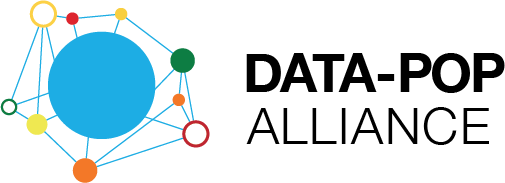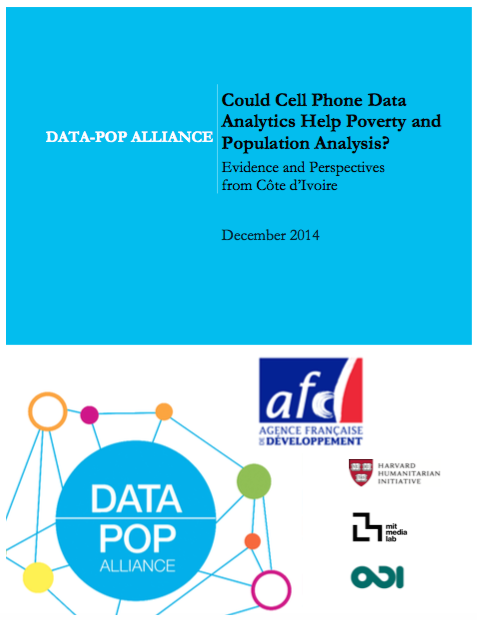This Empirical Paper was written by Emmanuel Letouzé, Espen Beer Prydz, Emma Samman, and Emilio Zagheni. Funding for this paper was generously provided by the Agence Française de Développement (AFD).
Socio-economic and demographic data even on such basic indicators as poverty levels and population size are notoriously lacking in poor countries. Increasingly, the intersection of Big Data and Official Statistics has received significant attention, especially Big Data’s potential to complement or even replace official statistics. Considerable enthusiasm has been expressed around the potential of what has been termed ‘Big Data’ to partly fill some key data gaps – for instance, to ‘leapfrog’ statistical systems in developing countries – but relatively few empirical analyses have addressed this theme to date.
Drawing and expanding on a rapidly growing body of literature, our study examines this question in the specific case of Côte d’Ivoire, using cell-phone data—in technical terms, Call-Detail (or Data) Records—(CDRs)—from Orange in conjunction with two other datasets, the WorldPop dataset, which provides population data derived from satellite imagery, and the recently released 2013 Demographic and Health Survey (DHS). Our study has two main aims: to predict multidimensional poverty at the sous-prefecture and sub-national levels; and to predict the population of the 11 sub-national regions of Côte d’Ivoire and its 255 sous-prefectures.

